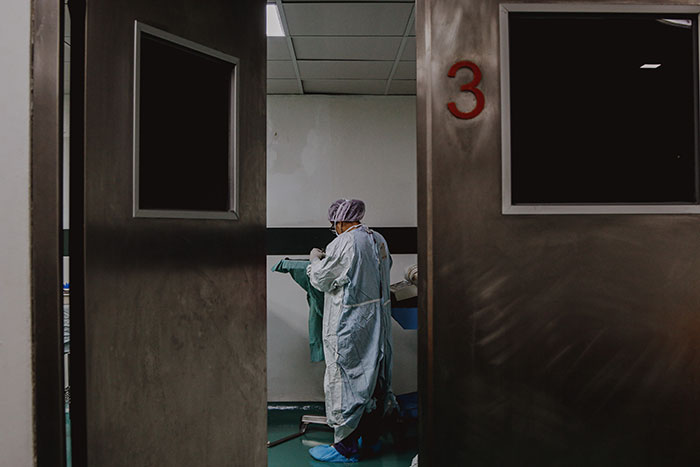Over 10,000 minks contracted COVID-19 and died from the disease in fur farms in Utah and Wisconsin. Health authorities said the minks could only have been infected with the pandemic because humans transferred the disease to them.
The outbreak first happened in Utah in August when workers in a fur farm contracted COVID-19. According to the spokesperson for the Utah Department of Agriculture and Food (UDAF), about 10,000 minks have died in about nine mink farms in the state, CNN confirms.
Wisconsin became the second state to report a coronavirus outbreak among its mink population with only one mink farm affected so far. About 2,000 minks on the farm have died.
The state’s Department of Agriculture, Trade and Consumer Protection (DATCP) said it is taking precautionary measures to ensure that carcasses of the minks are properly disposed of. Disinfection and quarantine protocols are also being implemented on the farm.
Meanwhile, Michigan reported on Wednesday that a mink had tested positive also, creating fears that the outbreak may reach more states in the coming days.
Researchers believe that while humans can pass the disease to animals, it is not yet established that animals can do the same to humans. Therefore, the spread of the disease is unidirectional. Scientists have also concluded research on the animals that are susceptible to the coronavirus disease.
In research by scientists from the University College London (UCL), pointed out about 26 animals that may be at risk of coronavirus infection and these include pigs, horses, dogs, ferrets, sheep, and cats.
Just like humans, respiratory distress appears to be a primary symptom for minks that contract the virus. The infected minks were reported to have used their mouth for breathing, showed discharges from their eyes and nose, and were asymptomatic shortly before they passed.
According to Dean Taylor, state veterinarian for Utah, the older minks have been more susceptible to the virus. At the mink farms where the outbreak occurred in the state, he said about 50% of the older minks were wiped out. The younger ones survived. So, just like humans, the disease has imitated its patterns in animals too.
Outside the US, there have been outbreaks among the mink population in Europe, in countries such as the Netherlands, Spain, and Denmark. Back in August, as soon as an outbreak was reported in Spain and the Netherlands, the authorities proceeded to kill more than 1 million minks at various breeding farms in both countries out of an abundance of caution.
According to the Fur Commission, there are about 275 mink farms in 23 states of the US. These states combined produce about three million pelts yearly, which comes at a value of more than $300 million.
Source: nbcnews.com









